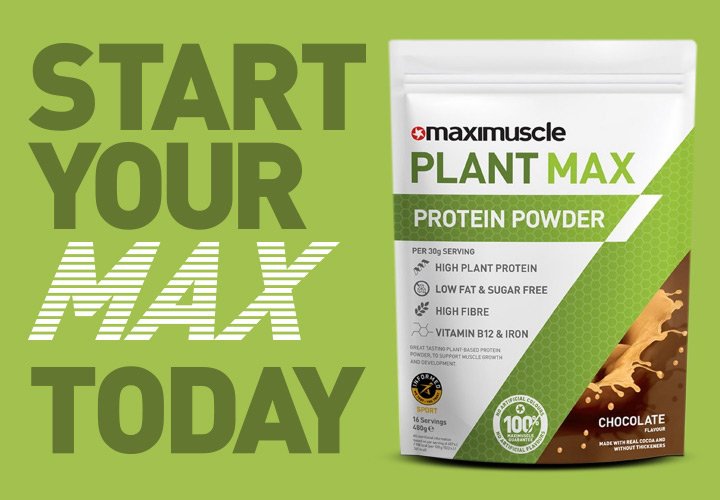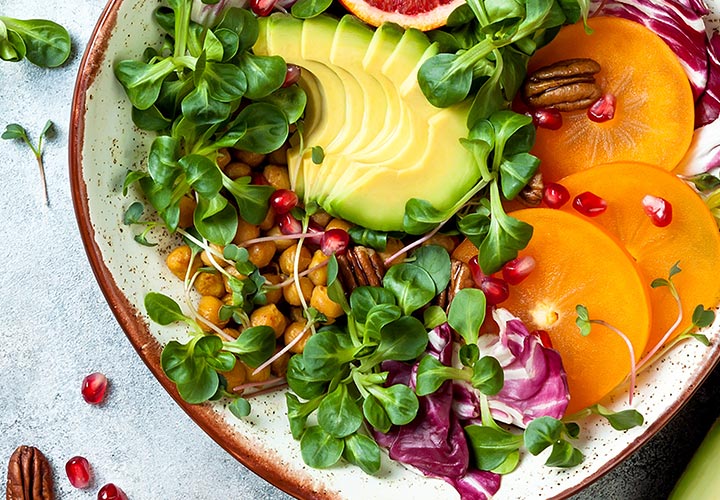Veganuary – New Year, New You….
It’s not just a fad! The decision to switch to a plant-based diet is for a number of reasons: a way of protecting the environment, preventing animal suffering, and/or improving your health (adapted from www.veganuary.com). According to sign up figures, back in 2017, 50,000 people decided to try it for 31 days, this number rose significantly to 170,000 in 2018, 250,000 in 2019 and a record breaking 400,000 in 2020. No doubt, this number will be smashed again in 2021, as we become more aware of the benefits a plant-based diet has to offer and the increased interest in public health, since the outbreak of the Coronavirus.
Of course, every argument has a counter argument and what you eat is ultimately your decision, but here are a few key facts and benefits to going vegan:
• Food related emission would drop by 70%.
• Of all the agriculture land available, 68% is devoted for livestock.
• Lifestyle diseases would plummet, having a dramatic impact on health and the economy.
• An estimated reduction of 8 million deaths per year (reduction in heart disease, diabetes, stoke and some cancers).
The meat industry and agriculture has a profound influence on many developing countries and just simply turning off animal product production requires a well thought out plan, but one that shouldn’t be avoided or ignored. Being more aware and doing your bit will only help improve things for you, other animals and the world.
For more information on the benefits of Veganuary, check out www.veganuary.com. Whether you decide to sign up or not online, give it a try. Your diet may need some support and we are here to provide you with some additional information, hints and tips, along with product support.















